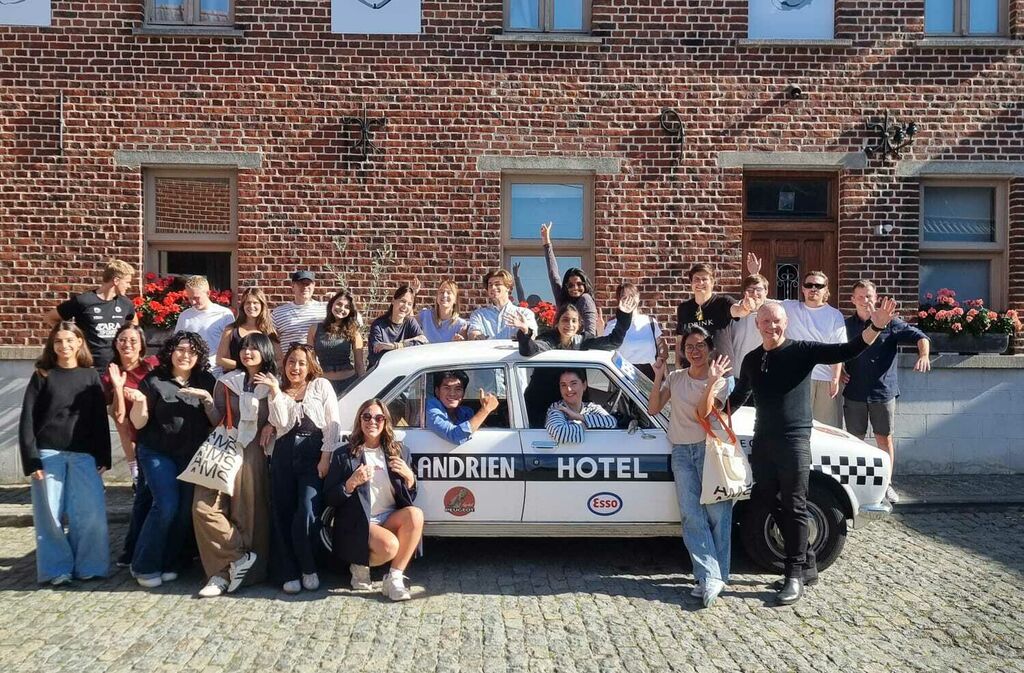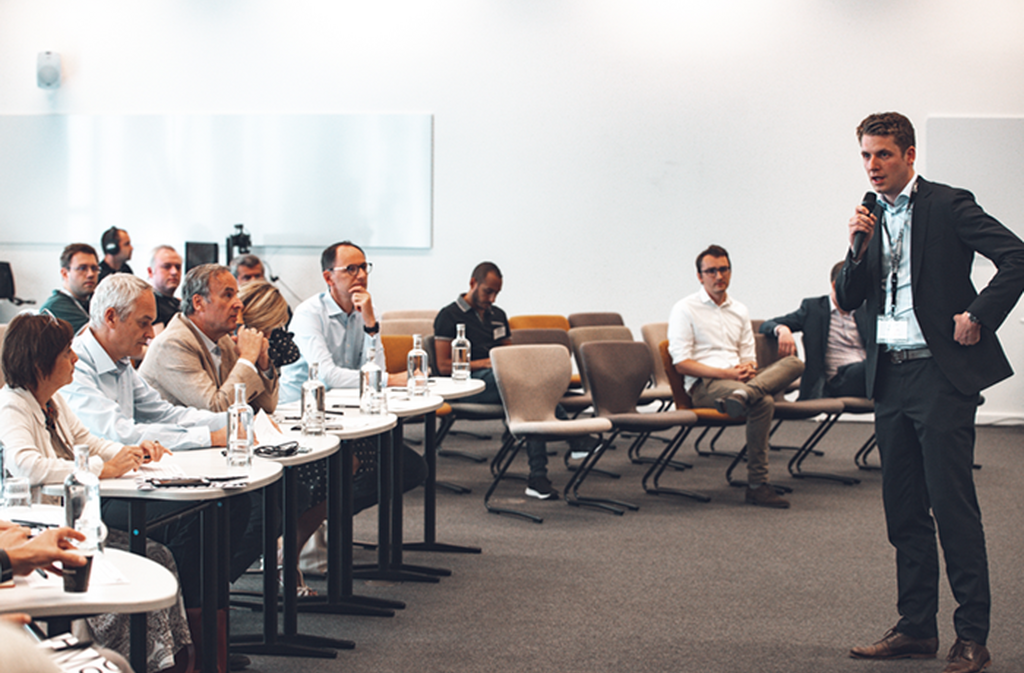This third article in our series of three on corporate innovation focuses on the challenge of developing strong relationships with C-level executives, when measuring and reporting innovation progress. Interviews with 15 innovation leaders from 5 different countries helped define 5 key practices to engage CEOs, CMOs and CFOs in the innovation journey.

Managing relationships with C-level executives as an innovation leader

1. Create your playground
Innovation efforts can face resistance from existing processes, hierarchies, or a fear of failure. C-level executives have the authority to break down these barriers, creating leeway for experimentation, creativity and failure. So the relationship between innovation directors and C-level is important to reduce the amount of effort an innovation leader has to put in to establish room to innovate. Throughout the interviews, we were able to create a list of tips and tricks to build an innovation playground, which will be further explored in the following article.
- Explain from the beginning why you need time and space to innovate. Explain your short-, medium- and long-term goals and the overall intended end results.
- Develop a strong relationship with the CFO to avoid commitment to short term returns.
- Take a gradual approach by starting with smaller, achievable innovation projects (not the Horizon 3 projects) that deliver quick wins. Demonstrating tangible results early on builds confidence and encourages C-level executives to support larger-scale initiatives and allow more freedom to innovate.
- Educate C-level executives on the impact of industry trends and highlight the current gap with the company’s current activities. Also educate them on the key concepts of entrepreneurship, so they agree to implement them in the company culture. Especially room to fail is important, since innovation is a process of ups and downs, full of learning opportunities.
Conventional view of success
When building a relationship with C-level executives, it is important to research the responsibilities that drive their decision-making. Understanding the world of the CEO, CMO or CFO will help to align your communication and innovation efforts with their priorities, giving yourself the biggest chance to create freedom to operate. Furthermore, it is important to research the company itself to build the argument on how innovation efforts will help the organization as a whole reach its goals.
Even the broad landscape of your sector is important in building this trust. Sharing insights on industry trends and challenges does not only show your commitment to the sector and your company’s role in it, it also helps you identify opportunities for value creations, existing solutions and potential partners. Approaching C-level executives with well-researched insights and demonstrating your expertise in the sector will help you establish credibility, increasing the likelihood that they will take you seriously and offer you the necessary innovation resources.
3. Develop the right narrative and language
Article 1 (5 challenges in measuring the return on innovation) highlighted the innovation leader’s challenge of educating C-level on innovation. One interviewee offered storytelling as a way to connect with these executives and build trust, especially in the beginning of a company’s innovation journey when there are no results available yet. Crafting a compelling narrative around your innovation initiatives has many advantages: it helps capture their attention, engages them emotionally, and it makes complex concepts more relatable and memorable.
However, connecting this narrative to the terminology and metrics of C-level executives is challenging. It is important to tailor the language of your story to theirs, not only to show that you understand their concerns and have done your homework, but also to make it easy for them to engage with your ideas. One interviewee thanked their success to “developing a narrative that clarified innovation is not just about disruption or spending millions to make very radical changes. To us, innovation means finding ways to become a more efficient company, and therefore saving a lot of money. We also designed specific KPIs around it, to drive the point home.”
When C-level is more risk-averse, gradually growing innovation activities seems to be a fruitful strategy. Do not be afraid to address potential concerns in your story: outlining risk mitigation strategies reassures them that you are thoroughly prepared to handle potential downsides.
4. Demonstrate the value of innovation
C-level executives are the captains who steer the company towards its strategic goals. On this journey, they often prioritize initiatives that provide a significant return on investment (ROI) and tangible business impact. By showing the value of your innovation initiatives, you establish a direct connection between your efforts and the company's overarching objectives, making it easier for them to support your initiatives. The interviewees stressed that, since innovation is a journey embedded with failure, it is important to celebrate even your earliest successes. Communicating good results with C-level will establish trust in your undertaking and will have them proactively contacting you, instead of you having to make the link yourself. Moreover, it can lead to increased employee engagement and motivation, which some C-level executives find extremely valuable. When communicating the impact of your innovation efforts, the interviewees favor ‘show don’t tell’, with some going as far as taking the executives on a trip abroad to demonstrate the effect of their projects.
5. Involve C-level in the process
While having influential people in your corner is important, there is some discussion to what extent CEOs, CMOs and CFOs need to be involved in the innovation process. Is it a question of all or nothing, or of providing the right information at the right time? Our interviewees indicated pros and cons to both.
Regularly and transparently updating C-level executives on your progress, even the challenges, helps build trust in your capabilities and mitigation strategies. Since they are the authority that makes decisions on strategic alignment and resource allocation, involving them speeds up the decision-making and provides access to the necessary resources and networks to support your innovation projects. Their deep understanding of the company's strategic direction ensures that your innovation efforts are aligned with the bigger picture. Moreover, the endorsement of C-level lends credibility to your innovation projects, opens doors and creates a culture of encouragement for innovative thinking, which paves the way for support from other departments and stakeholders.
However, C-level executives have demanding schedules, that may prevent them from being truly involved. They may be risk-averse or resistant to change, hindering the creative and experimental process inherent to innovation. Their involvement also carries the risk of unintended pressure to deliver results quickly and micromanagement, by following their preferences rather than the expertise of the innovation team.
So an organization’s innovation journey does require some thinking, but with the insights of our 15 interviewees, other innovation leaders are able to arm themselves for the trip. This series of three articles outlined the key elements to make innovation efforts sustainable, supported and celebrated within the company.
About the author
Related content







